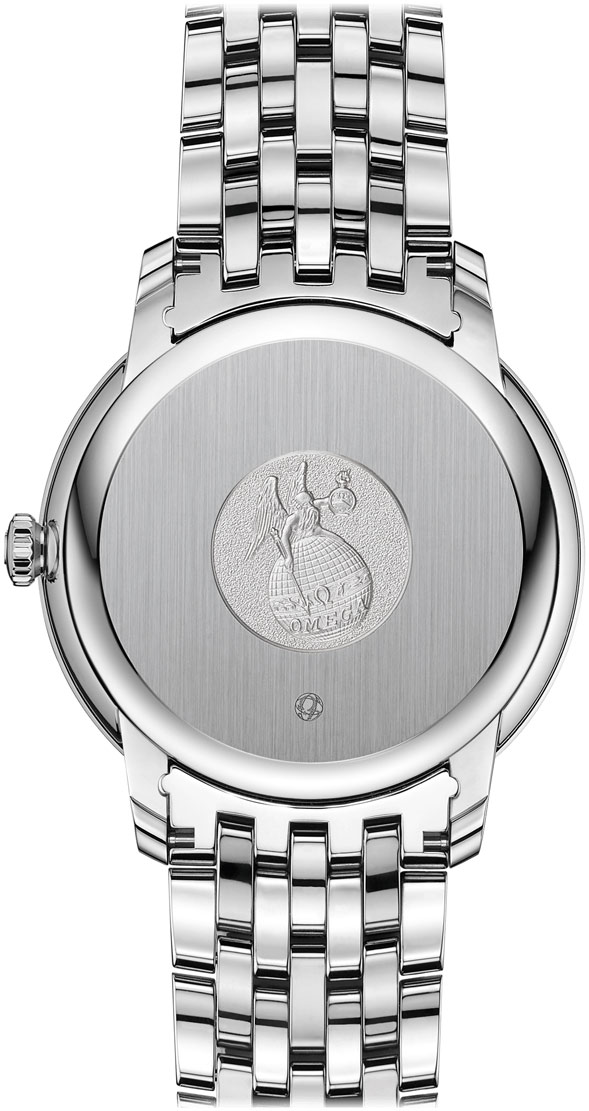

In broiler chickens, the thermal-manipulation (TM) of eggs during the incubation period was shown to improve heat tolerance at slaughter age (35 days of age) in association with several modifications at the molecular, metabolic and physiological levels. In vertebrates, the embryonic environment is known to affect the development and the health of individuals. Despite some positive effects of I1 incubation on growth after starting under low ambient temperature, this study reveals the limits of such strategy concerning chicken health and welfare, demonstrating that early thermal environment is a major component of the quality and sustainability of chicken meat production. Hock burns were more frequent in I1T1 males than in all females and I0T0 males, whereas the occurrence of pododermatitis was lower in T0 males than in other groups. The occurrence of white striping was more in I1T1 males than in all other groups, except for the I0T1 males. In the whole period, T1 chickens presented lower FCR than T0 chickens and higher breast meat yields at day 40. At day 40, BW was more under T1 than under T0 conditions, with T0 females (but not males) presenting more BW after I1 than after I0 conditions. No significant impact of incubation conditions on hatchability was observed.

All birds were then kept at 21☌ until slaughter (day 40), when body weights (BW), feed conversion ratio (FCR), breast muscle yield, meat processing quality, and the occurrences of meat defects, hock burns, and pododermatitis were recorded. Chicks from each group were reared in floor pens either at standard rearing temperature (T0), from 32☌ at 0 d to 21☌ at 21 d of age, or exposed to colder rearing temperature (T1), from 29☌ at 0 to 21☌ at 21 d of age.

Ross 308 eggs were incubated under control temperature (I0, 37.6☌) or subjected to 15☌ during 30 min on day 18 and 19 of incubation (I1). This study aimed to evaluate the effects of incubation and posthatch cold challenge on performance, breast muscle integrity, and meat processing quality in broiler chickens. However, data are lacking on the impacts of such strategy in case of cold temperature conditions at start. Taken together, the results suggest that this study can serve as a basis for future work focusing on the in ovo feeding of GABA as a technique to combat heat stress in broilers.Ĭold stimulations during egg incubation were reported to limit the occurrence of ascites in broilers subjected to cold temperature after 14 d of age. In addition, positive Pearson correlation coefficients were found in mRNA levels between fatty acid synthase (FAS) and nicotinamide adenine dinucleotide phosphate oxidase 1 (NOX1) (r = 0.55, p < 0.05), NOX1 and NOX4 (r = 0.65, p < 0.01), and catalase (CAT) and superoxide dismutase (SOD) (r = 0.62, p < 0.05).

Hepatic mRNA levels of the acetyl-CoA carboxylase gene (ACC) were significantly reduced in the G10+HS group compared to the CON group. Compared to the CON group, plasma corticosterone levels were significantly increased in the CON+HS group, but not the G10+HS group. Feed intake was significantly decreased in both the CON+HS and G10+HS groups. Compared to the CON group, average daily weight gain was significantly lower in the CON+HS but not in the G10+HS group. The HS was applied between 28 and 31 days of age with ambient temperatures raised from 22 ± 1 ☌ to 33 ± 1 ☌ for 6 h daily. Chicks hatched from eggs were divided into three groups described as follows: chicks hatched from eggs incubated at normal temperature and then raised under thermoneutral temperature (CON) chicks hatched from eggs incubated at normal temperature but raised under cyclic heat stress (HS) (CON+HS) and chicks hatched from eggs injected with 60 mg of GABA dissolved in 0.6 mL of distilled water but raised under cyclic HS (G10+HS). Therefore, we hypothesized that the supplementation of GABA during incubation might have positive effects in heat-stressed broilers. In addition, a growing body of literature suggests that the in ovo feeding of various nutrients can enhance the post-hatch thermotolerance of broilers. Γ-aminobutyric acid (GABA) is an amino acid used for mitigating the detrimental effects of heat stress in broilers.


 0 kommentar(er)
0 kommentar(er)
